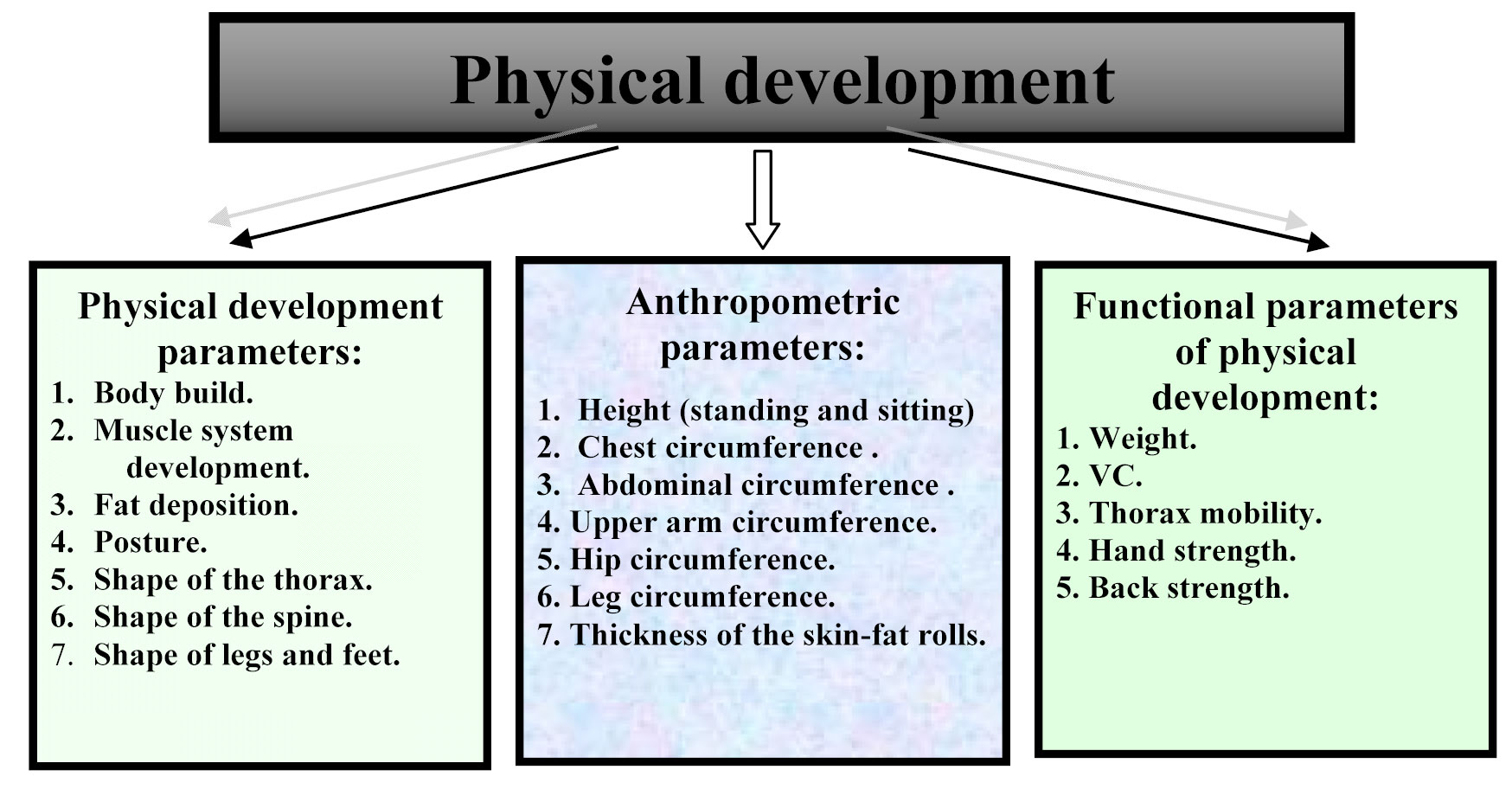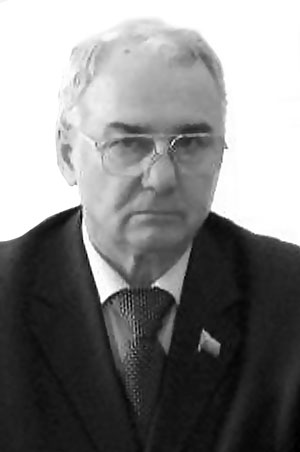Physical Condition of Servicemen and the Role of Physical Exercises for Its Improvement
Фотографии:
ˑ:
I.A. Kuznetsov, Honoured worker of physical culture of the Russian Federation, professor, Dr.Hab.
Military institute (of physical culture)
Military Medical Academy named after S.M. Kirov, St. Petersburg
Key words: physical condition, structure of physical state, means and methods, stages of body adaptation, organization and technology of improvement of physical state of servicemen.
Introduction. For successful professional performance in various climatic-geographical zones the personnel of divisions of the Armed forces of the Russian Federation has to possess the qualities which provide an adequate level of physical working capacity. High physical working capacity and fighting efficiency of the personnel were proved to be caused not only by the level of professional skills of the military personnel, but also considerably depend on morphological and functional characteristics of the body, i.e. a so-called human physical condition.
The term "physical condition", from the standpoint of semantics, has quite a lot of interpretations. Thus, according to the Instruction on health service support of physical training in the Navy (1946), physical condition and fitness of the personnel are assessed by studying physical development using various methods of functional diagnostics (functional tests of the cardiovascular system, clinical observation, laboratory tests, etc), taking into account resolutions of heads of physical training on the level of completion of physical training programs and evaluation of success in sports training and competitions (V.A. Sheichenko, 1996).
According to S.E. Yermolaev et al (1952), the term of physical condition of servicemen can be interpreted as their physical fitness, physical development and state of health. However, according to O.N. Kudryashov (1966), physical condition is a state that characterizes the level of working capacity and combativity of serviceman’s body. In the Guidelines for medical support of physical training in the Army and Navy (1957) physical condition is characterized as a state of health, physical development and physical fitness. In the Guidelines to medical control of physical training and sports in the USSR Armed Forces there is a term «a complex index» introduced in connection with the physical condition that characterizes the state of the servicemen’s bodies which is also based on the information on the state of health, physical development and physical fitness.
In theory and methodology of physical education physical condition is unidirectionally and purposefully interpreted as a complex component of a body capable of performing muscular activity and having constitutional and functional features (N.I. Ponomarev, 1972; A.A. Guzhalovsky, 1973; A.A. Loginov, 1974; G.D. Kharabuga, 1974; V.M. Zatsiorsky, 1979; L.P. Matveev, 1983; Yu.V. Verkhoshansky, 1985; L.Y. Ivashchenko, 1986; M.A. Godik, 1988; L.M. Kulikov, 1996, et al).
In matters of physical education M.A. Godik (1988) characterizes the term «physical condition» by the physique and body composition, state of health and the level of development of physical qualities. In the basic concepts of the Theory and organization of physical training of troops (1992) physical condition is defined as physical fitness that is characterized by physical development, functional state and physical preparedness of servicemen.

Figure 1. Parameters determining physical condition of the body.
In our opinion to assess physical condition it is necessary to have data on physical development, functional state of the body and physical fitness of a serviceman in general (Figure 1). In this case, the physical condition should be characterized by a certain level of viability of a serviceman’s body ensuring fulfillment of his tasks under different conditions of combat training activities.
As a rule, physical development and functional state of the body are determined during initial and regular medical examinations of servicemen. Physical fitness is assessed while determining the level of preparedness of military personnel in accordance with the Manual on physical training in the Armed Forces of the Russian Federation (Instruction on Physical Training - 2009) and the Requirements to verification and assessment of physical fitness of the servicemen of the Armed Forced of the Russian Federation.
Comprehensive assessment of the body due to the inter-dependence of the above parameters enables us to determine its relationship with the components of combat capability of servicemen. Physical fitness as a set of indicators of strength, speed, agility and endurance depends on physical development and physical condition of military personnel. At the same time physical development and functional state of the servicemen’s bodies are shaped by the process of physical perfection and are directly dependent on the level of physical fitness. It follows that, it is impossible to get a full understanding of it by assessing the physical condition of servicemen, without having the data of all the three components that define the given state (I.A. Kuznetsov, 2006).
Physical development involves a complex of morphological and functional parameters characterizing the degree and proportionality of body development. Physical development does not only characterize the structure of the body, but to a certain extent reflects its functional capacity. Physical development of servicemen is determined by descriptive, anthropometric and functional parameters the content of which is shown in Figure 2.

Figure 2. Structure and content of physical development.
Physical development of military personnel is determined using special tables of human physical development standards. Owing to the comparison of the findings with the average parameters physical development of each serviceman can be assessed.
Physical development is assessed by formalized grades and is defined as «good», «average» and «insufficient».

Figure 3. Scheme of determining state of health as the functional state of the body.
Health as a set of functional parameters of the body characterizes full value condition of all human organs and systems. In determining the health condition of the body a thorough analysis of results of a differentiated examination of the functional capacity of the body as a whole is carried out by means of tests (O.N. Kudryashov, 1975).
During visual examination, along with an assessment of descriptive signs of physical development, the following parameters that help to ascertain the state of health are studied:
♦ condition and color of the skin;
♦ state of mucous membranes;
♦ state of lymph nodes;
♦ state of endocrine glands;
♦ oral health;
♦ breathing patterns;
♦ visible vessels pulsation, etc.
Study of the nervous system and internal organs is most important in determining health status. During the study of the nervous system the functional state of the higher parts of the central nervous system is determined.
The cardiovascular system, respiratory, digestive, excretory systems, visual and other organs are subject to profound examination. Laboratory tests of blood, urine and feces are required for full value assessment of the condition of the functions of internal organs. Analysis of the data obtained during the examination enables the doctor to make conclusions with regards to the health of the subject. For health reasons, all servicemen are divided into three groups (O.N. Kudryashov, 1966; A.S. Solodkov, 1988):
1. Healthy - those without deviations in their health status.
2. Practically healthy - those with health deviations that do not affect their performance.
3. In need of special medical observation - those suffering from chronic diseases or with insufficient physical development level.
Determination of physical fitness is as a rule carried out by experts of physical training and sport in compliance with the requirements of IPT-2009 and existing regulations. Physical fitness is assessed by the following gradation: excellent, good, satisfactory, unsatisfactory. Data on physical fitness must also be with the doctor of the military unit.
Having data on physical development, health and physical fitness of a serviceman, the doctor conducts a comprehensive assessment of the physical condition. The physical condition of servicemen falls into three groups and is defined as good, satisfactory or weakened physical condition.
Systematic physical exercise contributes to the improvement of systems and functions of the human body. By exercising a person becomes more physically developed by means of progressive functional, morphological and biochemical changes in the body. In this case functional changes are in improvement of the nervous, cardio-respiratory and other body systems. Morphological ones are about improvement of the structure of the musculoskeletal system, positive tissue and cell improvement. Biochemical changes are about improvement of biochemical processes that make it possible to call for urgent chemical energy and convert it into muscular activity energy. Formation of temporary reflex connections that improve coordination of muscles and internal organs is of particular importance to the positive changes in the body during the development of physical qualities.
It should be stressed that expressiveness of functional changes in the body in response to physical training depends on specific features of the body of the ones engaged and their fitness level. The reorganization of body’s functions during adaptation to physical loads is definitely related to their dynamic physiological norm.
Conclusion. The value of physical exercises for physical improvement of the body of serviceman consists in the fact that physical exercises affect all organs and systems. Servicemen who systematically subject their body to purposeful exercise are more adapted to physical loads and have the best physical working capacity. Regular physical training promotes a number of physiological changes in a human body, which contribute to an increase in physical working capacity, strengthen health and increase resistance of the body to extreme environmental conditions.
References
- Davidenko, D.N. Functional reserves of adaptation of an athlete's body / D.N. Davidenko, A.S. Mozzhukhin. – Leningrad, 1985. – 21 P. (In Russian)
- Kudryashov, O.N. The influence of physical training on physical state of servicemen / O.N. Kudryashov. – Leningrad, 1966. – 46 P. (In Russian)
- Kuznetsov, I.A. Theoretical and applied bases of physical training of servicemen to combat operations in the conditions of hot climate: Monograph / I.A. Kuznetsov. – St. Petersburg: MIPC, 2006. – 259 P. (In Russian)
- Kuznetsov, I.A. Physical endurance as a factor of increase of nonspecific resistance of hot climate of personnel / I.A. Kuznetsov / Uch. zapiski un-ta im. P.F. Lesgafta. – St. Petersburg, 2006. –№ 22. (In Russian)
- Plakhtienko, V.A. Physical qualities and their development during physical training of servicemen / V.A. Plakhtienko / Lecture data. – Leningrad, 1971. – 85 P. (In Russian)
- Solodkov, S.S. Physiological grounds of adaptation to physical loads / S.S. Solodkov. – Leningrad, 1988. – 41 P. (In Russian)
Corresponding author: vifk-nic@ya.ru



